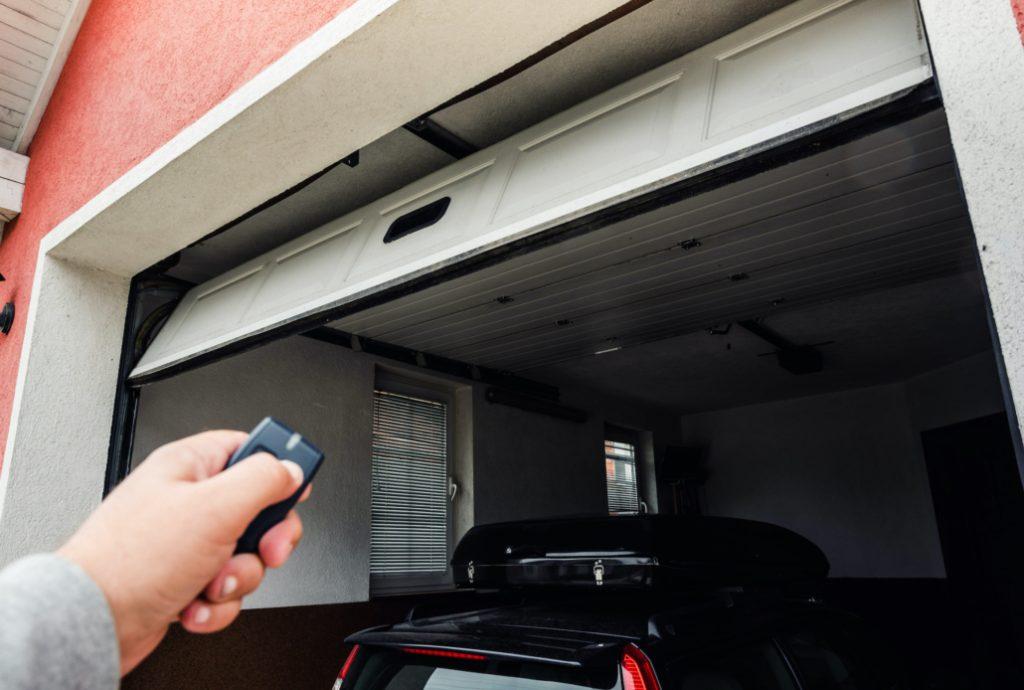Are you frustrated with a stubborn garage door opener that refuses to go down? Explore the reasons behind “Garage Door Opener Won’t Go Down” and unlock practical solutions for seamless functionality.

Decoding the Dilemma: Garage Door Opener Stuck in Upward Limbo
Dealing with a garage door that won’t cooperate can be exasperating. Before diving into solutions, let’s unravel the potential reasons behind the perplexing issue of “Garage Door Opener Won’t Go Down.”
Common Causes of Garage Door Opener Refusing to Go Down
- Safety Sensor Misalignment: Misaligned safety sensors can prevent the garage door from closing. Inspect and realign the sensors to ensure a clear line of sight between them.
- Obstruction in the Door’s Path: An obstruction, no matter how small, can trigger the safety mechanism, preventing the door from closing. Check the door’s path for any objects or debris.
- Issues with the Remote Control: A malfunctioning remote control or keypad can hinder the communication between the opener and the door. Check the batteries and functionality of the remote or keypad.
Garage Door Opener Won’t Go Down: Navigating Solutions
Now, let’s delve into practical solutions to troubleshoot and resolve the issue of your garage door opener refusing to go down. Follow these steps to regain control and restore the smooth operation of your garage door.
Step 1: Inspect and Align Safety Sensors
Examine the safety sensors located on either side of the garage door. Ensure they are clean, properly aligned, and free from obstructions. Make adjustments as needed and test the door’s movement.
Step 2: Remove Obstructions
Carefully inspect the entire path of the garage door, including the tracks and surroundings. Remove any objects or debris that might be triggering the safety mechanism and preventing the door from going down.
Step 3: Check Remote Control or Keypad
Test the functionality of the remote control or keypad. Replace batteries if needed and ensure that the signals are reaching the garage door without interference. Reprogram the remote or keypad if necessary.
Step 4: Examine Garage Door Tracks
Inspect the tracks for any misalignments or damage. Misaligned tracks can impede the smooth movement of the door. Use a level to ensure the tracks are straight and aligned correctly.
Step 5: Lubricate Moving Parts
Proper lubrication is essential for the smooth operation of the garage door. Apply a silicone-based lubricant to the rollers, hinges, and tracks to reduce friction and facilitate smooth movement.
Step 6: Seek Professional Assistance
If the issue persists or if you’re unsure about the resolution, it’s advisable to seek professional help. A certified garage door technician can conduct a thorough inspection, identify hidden issues, and implement the necessary repairs.
Read too: Mastering the Art of M Line 4500 Garage Door Opener Troubleshooting: A Comprehensive Guide
Conclusion: Enjoying a Smooth Descent
In conclusion, a garage door opener that won’t go down can be a source of frustration, but with the right troubleshooting steps, you can restore seamless functionality. By understanding the potential causes and implementing the suggested solutions, you ensure the continued convenience and reliability of your garage door.
Share this comprehensive guide with fellow homeowners facing similar challenges. Remember, regular maintenance and attention to detail contribute to the longevity of your garage door system.
Bid farewell to the upward limbo and welcome a garage door that effortlessly goes down, providing security and convenience for your home.



Leave a Reply